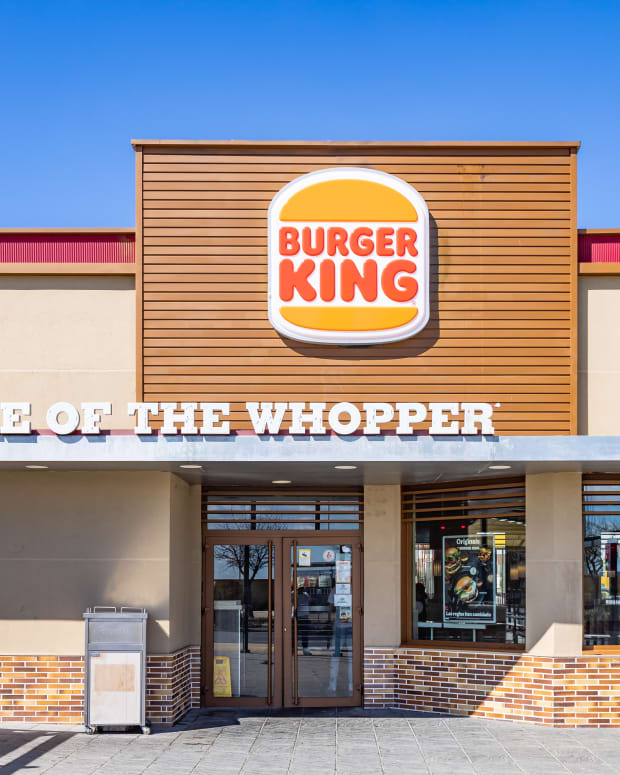During the ongoing Hollywood writer’s strike, a notable verdict was issued by a US court, declaring that creative output generated by artificial intelligence is not qualified for copyright protection.
A US federal judge, Beryl A. Howell, issued a decision on Friday stating that copyright protection cannot be extended to art created by artificial intelligence. This legal development could potentially establish a framework for defining intellectual property rights for creative outputs produced by AI, distinguishing them from those originating from human creators.
Judge Howell’s ruling aligned with the conclusions put forth by Shira Perlmutter, the Register of Copyrights and Director of the US Copyright Office. This ruling was in response to a case involving plaintiff Stephen Thaler.
The significance of this judgment becomes particularly pronounced amid the ongoing strikes involving writers and actors in Hollywood. These labor disputes revolve around concerns that Hollywood studios might utilize AI-generated content as a means to circumvent compensating writers, and potentially, actors in the future.
The context leading up to this verdict traces back to a period preceding the Hollywood strikes. Stephen Thaler, the leader of the neural network company Imagination Engines, has been persistently striving for years to establish AI’s capacity to create original artistic works.
It’s important to recognize that despite the commonality of AI, Thaler’s “Creativity Machine” AIs, a project he has been refining since the 1990s, greatly diverge from entities like ChatGPT. These AIs place a stronger emphasis on emulating human cognition, rather than predominantly relying on extensive user input as ChatGPT does.
Thaler’s endeavors eventually culminated in the development of a sophisticated and potent AI entity named the Device for the Autonomous Bootstrapping of Unified Sentience (DABUS).
As detailed in an article featured in The Economist’s 1843 Magazine, Thaler holds a firm belief in the creative prowess of his AI. He asserts that DABUS possesses emotions and even experiences feelings of loneliness.
In 2018, Thaler embarked on an endeavor to attribute his Creativity Machine as the solitary creator of the artwork titled “A Recent Entrance to Paradise.” This AI-generated piece led Thaler to assert his ownership of the copyright, as it was categorized as a work-for-hire composition.
Thaler’s application faced rejection from the US Copyright Office on the grounds that the artwork lacked human authorship. In response, Thaler initiated legal action. His argument centered on the notion that US copyright law is intended to be flexible and responsive to contemporary developments. He supported his case by referencing several legal precedents, including the pivotal case of Burrow-Giles Lithographic Co. v. Sarony, which upheld the inclusion of photographs under copyright protection.
However, Judge Howell aligned with the Copyright Office’s stance.
What carries notable weight in this verdict is not solely the denial of authorship to the AI, but rather that under the work-for-hire doctrine, the AI’s user—in this instance, Thaler—would not be bestowed with copyright ownership.
The work-for-hire doctrine establishes that if an individual is commissioned to produce a creative work, the copyright for that creation would be held by the entity that commissioned and compensated the creator, even though the authorship itself would remain with the originator.
Had the Copyright Office endorsed the notion that Thaler’s AI functioned as the author of an artwork, consequently conferring copyright ownership to Thaler, it might have established a precedent whereby anyone utilizing an AI to generate content could assert copyright ownership.
Nonetheless, Perlmutter declined to bestow such copyright safeguarding, a stance that Judge Howell concurred with.
“United States copyright law protects only works of human creation,” the judge wrote in her ruling.”
The rationale behind this, and the grounds for the court’s divergence from Thaler’s assertion, stem from a “consistent recognition that human creativity remains the fundamental prerequisite at the heart of copyright eligibility, even when such human creativity is channeled through novel tools or mediums.”



